Everything You Need to Know About Rangeview’s “Notcracker” Controversy
Rangeview High School has performed “The Notcracker” –an adaptation of the classic “Nutcracker” –for the second year in a row. Below we discuss the history and adaptations of this show.
February 4, 2020
(Editor’s note: the purpose of this article is to detail the facts of the events which will be further discussed in upcoming opinion articles.)
Like many performance shows or dances, The Nutcracker is filled with a long line of history that dates to the present day Rangeview adaptation: The Notcracker.
“The Nutcracker and the Mouse King” is a story written by E.T.A Hoffmann, a German gothic author. His works became known for using a pattern of satirical and at times a parody, especially on political commentary.
The Nutcracker ballet adaptation by Pyotr Ilyich Tchaikovsky was a western-oriented performance in Russia. Despite being Russian, Tchaikovsky tended to use western harmonic and textural practices to combine with the Russian celebration of cultural dance.
The show itself follows the story of a young girl who discovers a nutcracker and dives into a mystical world of sweets and dance. The different acts include dances such as Spanish Chocolate, Arabian Coffee, and Chinese Tea. The Nutcracker was first performed in 1892; however, it was not as successful until the 1960s.
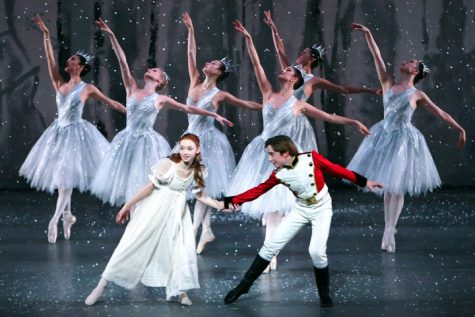
Despite the long time praise, there were critics of the show in various mediums, the Pulitzer Prize-winning dance critic Sarah Hoffman wrote in the Washington Post how the dance “stunted the creative evolution of ballet.”
On the other hand, many modern writers including Geoffrey Larson emphasizes that the dance and music of the Nutcracker “that grabs you from the first note and doesn’t let go” outweighs the backlash since, similar to many classics, the music is what matters; the commentary, maybe not so much.
When talking about traditional arts versus the modern lens, “that is where things get tricky,” said teacher Sarah Gasior. “A lot of stuff was written before we started to become aware of cultural and racial correctness. To mediate some of that, adaptations can be made, seeking input out from those cultures might be a really good step.”
However, with the 21st century lens, the uproar against the show intensified. Similar to the criticism of “Baby It’s Cold Outside” which some say alludes to a woman being roofied, many are critical of the portrayal of cultural imperialism and the eurocentric undertones of the storyline. In the New Republic Article: Sorry The Nutcracker is Racist written in 2014, the articles divulges into the fact that eastern cultural dancers are essentially being portrayed as “entertainment to two young (European) heroes.”
Although The Nutcracker is seen as a beautifully choreographed story-telling, over the years many have pointed out that the acts consist of “blatant and offensive stereotypes.”
On the other hand, there is still a strong defense in favor of The Nutcracker. Ballet dancers came to the defense of the fact that The Nutcracker is a classic and although times change, the show itself is not meant to be offensive.
Seeming as this conflict has been going on for years, some dance companies have offered an alternative for both sides: remake the outdated portions of the show. The two main points of concern to many critics of The Nutcracker pertain to the stereotypes of Eastern cultures, specifically the Arabian and Chinese dances. In the original, both portray heavy stereotypes of both cultures including squinting eyes and sticking out fingers to make chopsticks, the Australian dance company even had their dancer paint their faces yellow.
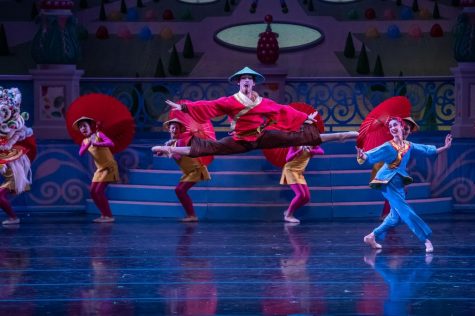
However, instead of completely writing out the dance as offensive, both San Francisco and the Pittsburgh dance company have re-written those parts of the show.
In The Seattle Times 2019 article, PBN explored the growing effort to tone down the stereotypes of The Nutcracker while maintaining its integrity.
George Balanchine and a former NYCB dancer re-choreographed the dance and founded “A Final Bow for Yellowface” which is said to be attempting to work with the New York company to rewrite those stereotypical aspects of The Nutcracker.
One of the cofounders of this organization emphasized that “dance is ever changing” and should be adaptive to the environment in which it is being portrayed in. Overall, from the 1800s to today, The Nutcracker continues to make headlines; a rendition of the original show was even performed here at Rangeview High School for its second year.
Rangeview’s Dance Department took on the challenge of producing The Notcracker instead of The Nutcracker in December. In the first year of production, Rangeview dancers offered a play by play of the differences between the shows. According to The Los Angeles Times, this adaptation of the show is the purpose of being more adaptive, interpretive, and conscientious of cultural dance.
From the success and admiration the dancers had for the production, they took to social media to share their enjoyment of the production. However, one Instagram post in particular offended many students as it read “Happy Holidays from your Arabian sisters.”
Tensions were at its highest when the dancers and students began attacking one another over an Instagram post one student made that took offense to the production followed by other students sharing the post.
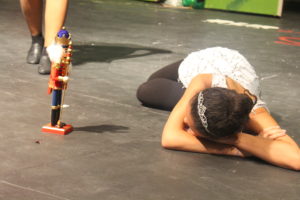
Following the events at Rangeview, administration held two restorative meetings to discuss both The Notcracker and the events that took place on social media. The first meeting was held on January 24th, 2020 and included representatives from both parties.The second meeting took place January 30st, 2020 and included new representatives from both sides.
“I’d like to refer to this [process] as restorative since a harm was caused and we want to restore everyone back to a state where they are learning or reflecting and we are all coming up with solutions,” said Dean of Students, Delisha Boyd.
Unlike the first meeting, the second was focused on solutions. Teacher Stephanie Walsh offered the following solution when determining whether something is appropriation or appreciation, “if you don’t know, just ask.”
Many of the students who participated in the meeting agreed on many issues regarding the Nutcracker’s controversial history and looked fondly on solution-making including changing the costumes for the Arabian Coffee dance next year.
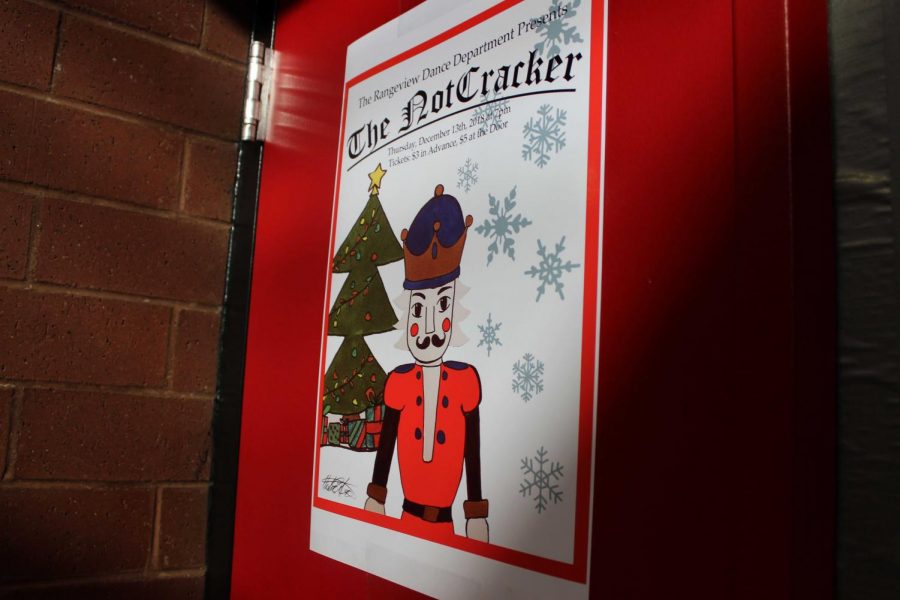



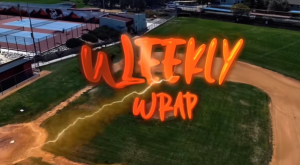

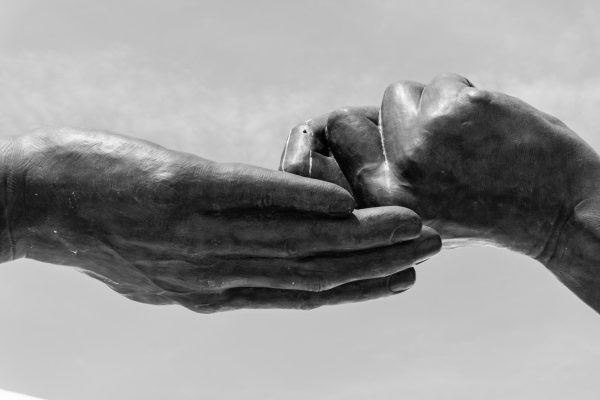

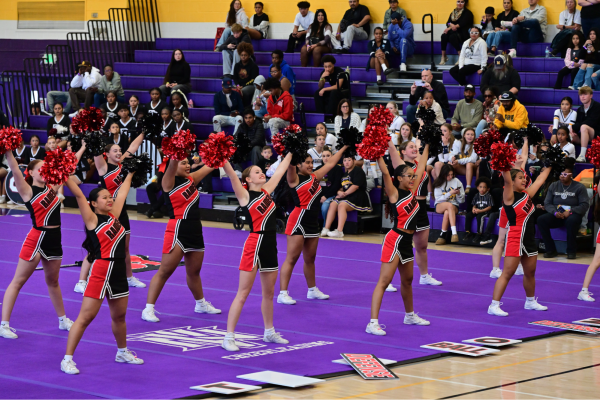
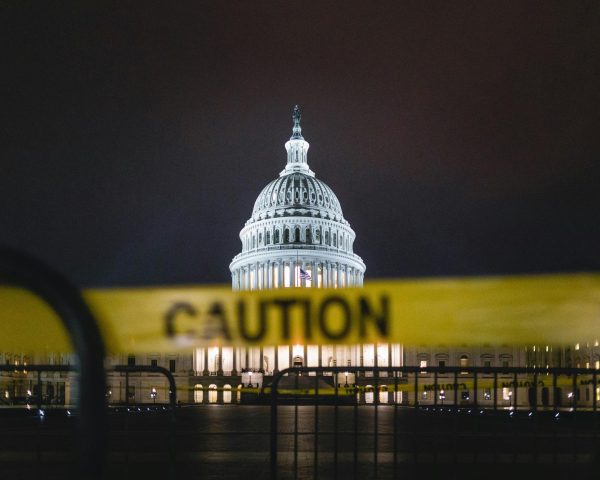
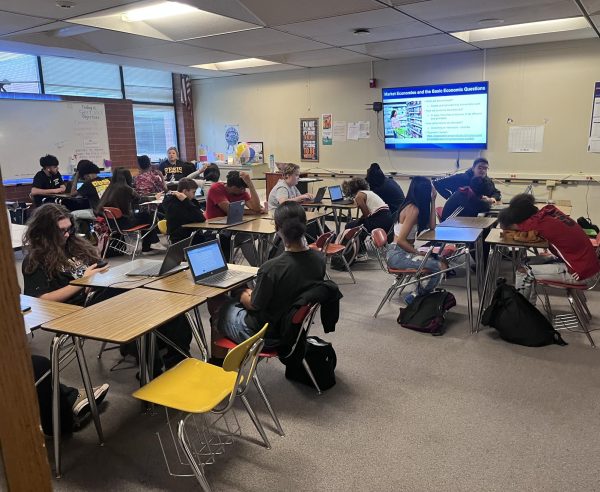
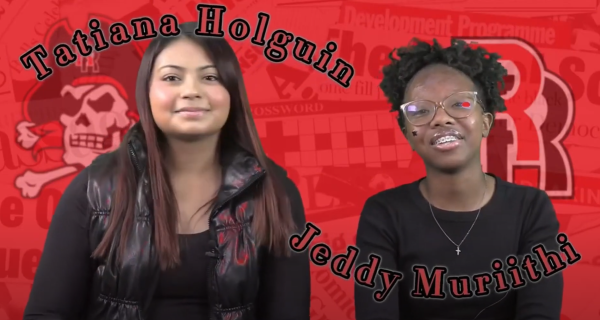
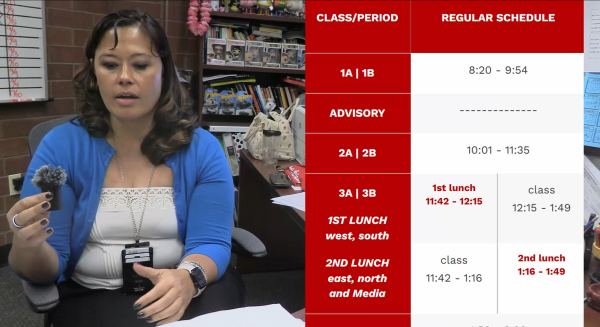
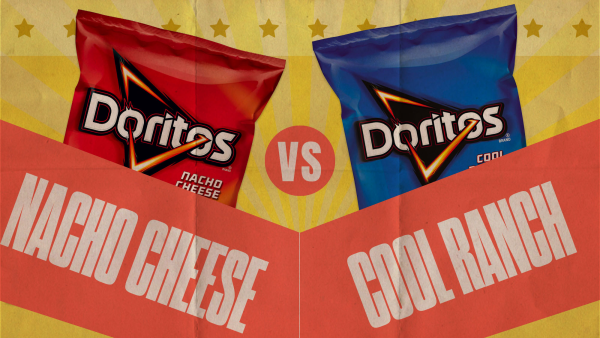
Kayla V. Chea • Feb 21, 2020 at 3:09 PM
I mean I get it but us and the rest of our dance department are doing this based on skill and not anything else, there is a reason people pay to watch us perform Notcracker.